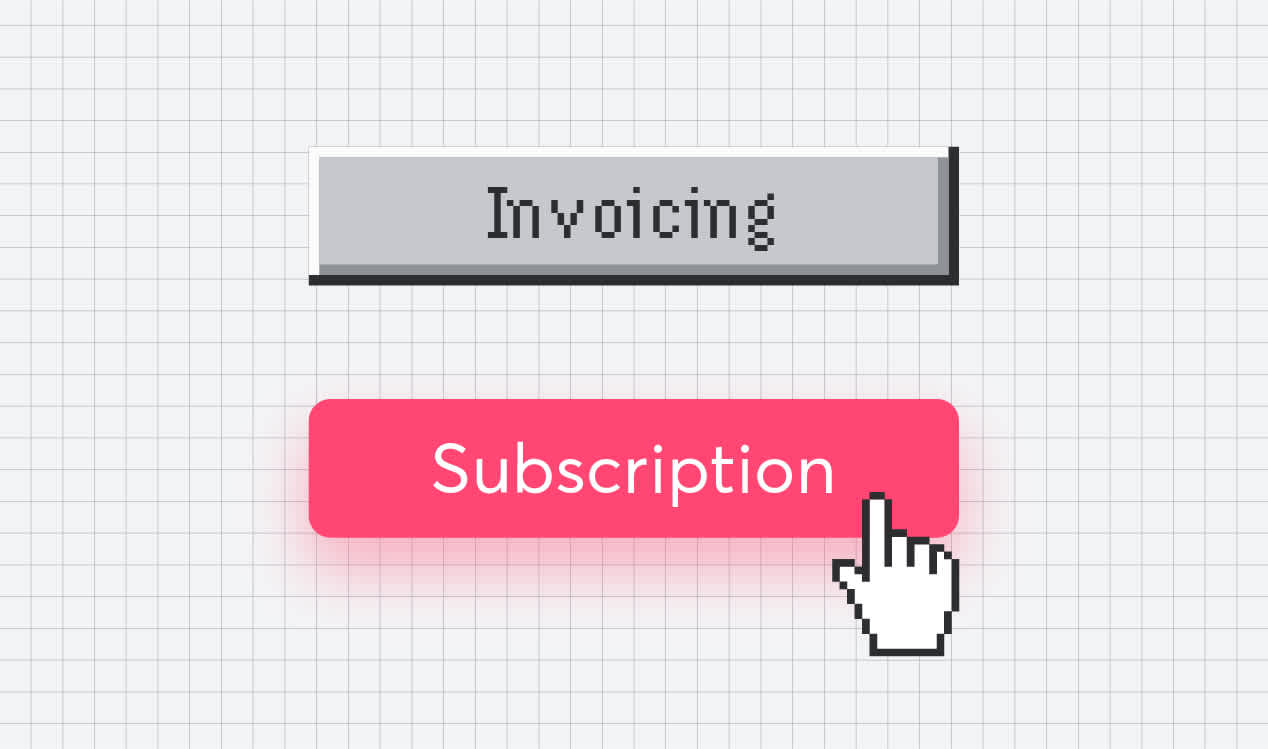What’s the best payment method to fuel the subscription economy?

Last editedAug 20203 min read
Where should your search for the perfect payment method start? That depends on what you’re offering - or more specifically, how you’re offering it.
What would have become of the Internet had its creators restricted their focus to the immediate task before them? Not much more than those first handfuls of computers sitting in government agencies and universities, slowly speaking to each other. Ecommerce - as we know it - would not exist. For Australia, one of the largest eCommerce markets in the world by revenue, that rewriting of history would represent a $35 AUD billion lost opportunity.
What took the Internet from that fledgling military research project to a global network accessed by over 4.5 billion people around the world, was the single approach to a common set of standards and protocols. Perhaps by accident, perhaps by necessity, national governments have largely bowed to the global consensus of what the Internet is and how it should run. In other words, the Internet works because it’s easy to use.
You can’t say the same for payments. An Australian online retailer with ambitions to grow their business abroad faces a barrage of obstacles - and right at the top is how they decide to collect payments from their customers. Choose the wrong method, and you’re adding unnecessary complexity and cost to your business. Get it right, and you’re able to collect payments with more predictability, allowing you to divert resources to the activities that really impact growth. Not only that, but the right payment method, in the hands of the right Payment Service Provider (PSP), can help you attract new customers and reduce churn.
So where should your search for the perfect payment method start? That depends on what you’re offering - or more specifically, how you’re offering it. Increasingly eCommerce is being driven by subscriptions. What native digital service creators - think cloud storage, music streaming, and dating websites - understood from the get-go has been jumped on by more traditional retailers adapting to the online world. Namely, that a subscriber is a much more valuable long-term customer than a one-off shopper. It’s a trend that’s being driven by consumers as much as business. Almost three in four Australians say they’d be willing to subscribe to a product instead of owning it if there was no impact on the value they got from it.
The numbers back up the instinct. The Subscription Economy Index, a biannual measure of the health of subscription businesses worldwide, revealed that over 28 consecutive quarters - from 2012 to 2018 - they grew revenues about 10 times faster than the ASX (Australia) index. No wonder 70% of Australian and New Zealand businesses are planning to make the shift to a subscription model in the next two to three years, according to a separate study by Ovum Research.
But adopting a subscription model is only one half of a growth strategy for online retailers. The other part is how you get your subscribers to pay. Let’s take bank debit - known as BECS in Australia. Because BECS is a pull-based payment system, meaning a business can take money directly from their customer’s bank account with their permission, it works well for recurring payments such as subscriptions.
Indeed, when you start to think more broadly about the things a subscription business should prioritise in the payment method they offer their customers, bank direct debit has other advantages. Not least, a large proportion of people prefer it. In a recent study by GoCardless, almost one in five Australians said they preferred to pay for online subscriptions with bank direct debit, significantly more than credit card. Now add in other factors, such as the lower payment failure rate versus credit and debit cards, and the lower fees for payer and payee alike, and bank direct debit becomes a compelling option for subscription businesses.
Like every other payment method, bank direct debit fell down when switching to a global outlook. Unlike the Internet, the networks that connect banks around the world are not defined by the same rules. Systems, standards and laws vary, sometimes wildly. Doing business in a foreign country, in their currency, can be a Herculean task in administration and risk. You’ll likely need to have a bank account there, and so create a separate legal entity. There’ll be the compliance, tax and other regulatory laws of the land to get up to speed on and additional systems to manage. And then there’s the small matter of optimising your foreign exchange practises for bringing the money back home. Then expect to repeat all that for every new country you want to do business in.
Inevitably, things will change. The unstoppable advance of the subscription economy, the march of globalisation, and the business impulse to overcome barriers to growth will come together to demand an easier method of collecting recurring payments across multiple countries. Rather than an international banking network that parades itself as seamless, yet in truth is riddled with incompatibilities and friction, we are seeing the emergence of truly international bank debit platforms. Alongside the benefits of enabling you to collect payments via bank debit, your PSP will take on the risk and complexity of navigating national banking systems and bank debit schemes. And gradually, and then perhaps quickly, the spirit of shared standards and protocols that made the Internet what it is and gave birth to the e-commerce phenomenon, will do the same for payments and the subscription economy.
This article was originally published by Power Retail.
Speak to us about how GoCardless can support your subscription business.

